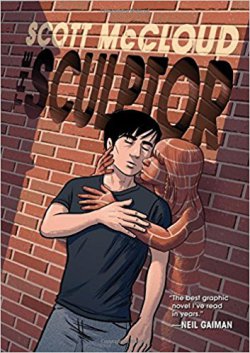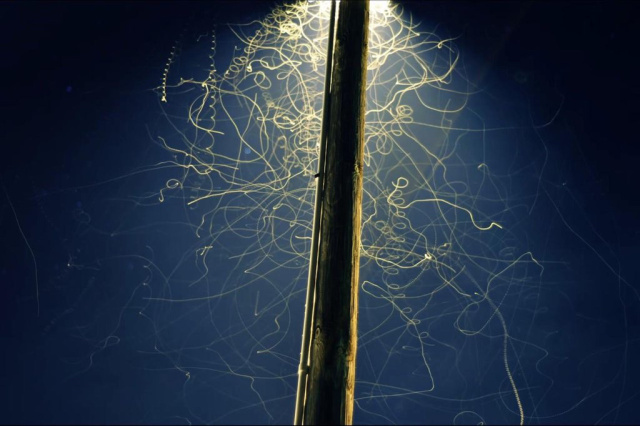Download links for: La hija del dibujante


Reviews (see all)
Write review
I made it about halfway, and I'm just bored out of my mind. I'm not planning on finishing.
Review to come (when I have the book in front of me!).
The Asian adventure you've been waiting for.
I could not get through this book...
I thought this book would never end.
Other books by Historical Fiction
Related articles












